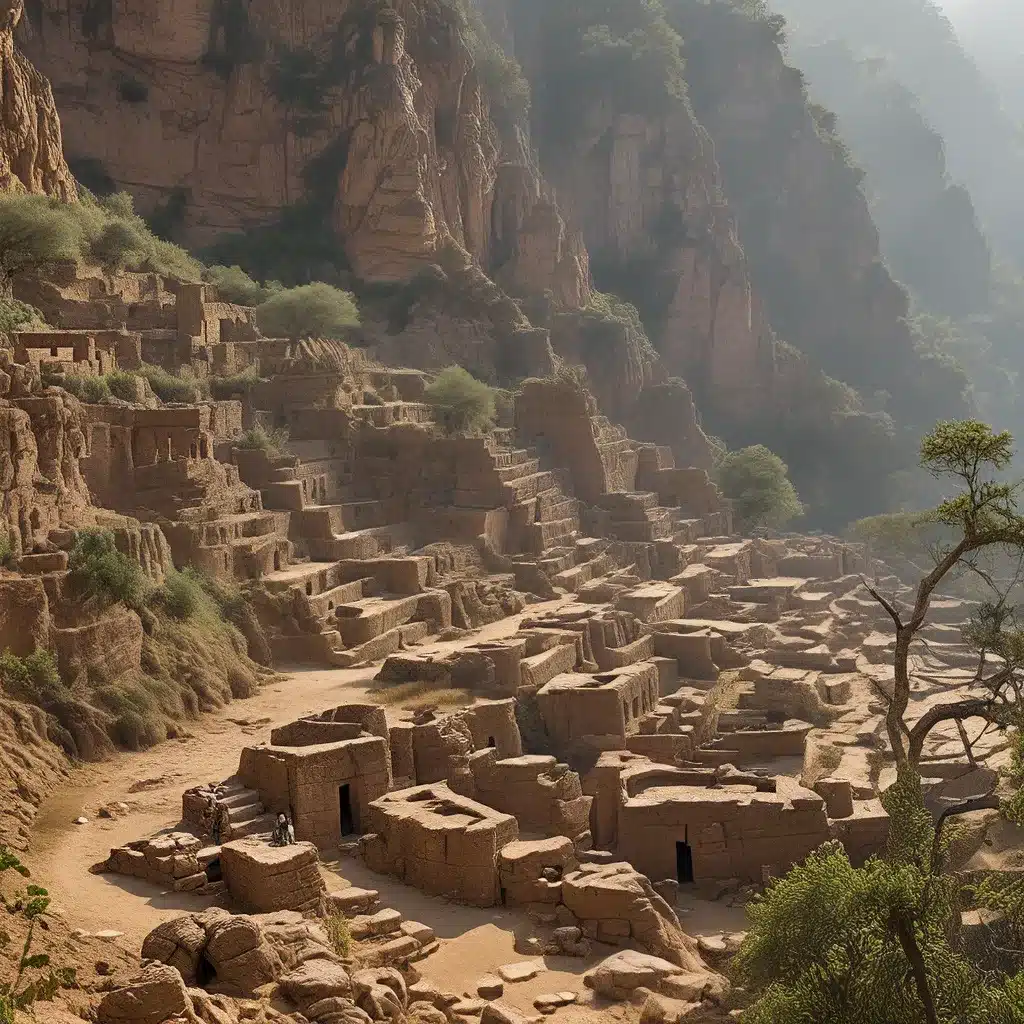
The Resilience of Creosote
Amidst the harsh and unforgiving landscapes of the American Southwest, there exists a remarkable survivor known as Larrea tridentata, or more commonly, creosote. This hardy shrub has adapted to its environment in fascinating ways, defying the odds of survival in one of the harshest regions on Earth.
One of creosote’s most intriguing adaptations is its toxicity. While occasionally nibbled on by certain insects, this tough plant generally repels most potential herbivores. Birds, reptiles, and mammals generally steer clear of it, with only the occasional jackrabbit resorting to eating creosote during extreme drought conditions, likely out of sheer desperation. However, there is one notable exception to this rule – the dromedary camel. In a surprising historical twist, camels introduced to the American Southwest in the mid-1800s by the US Army demonstrated a love for creosote, suggesting a lost biological connection from when American camels went extinct in the Quaternary Extinction Event.
Despite its toxicity to most herbivores, creosote plays a pivotal role in its desert ecosystem as an ecological keystone species. Its deep root system provides shelter for burrowing animals, and the area under the creosote plant is enriched with nutrients from fallen leaves and organic matter, benefiting young cacti and other plant life. Creosote has also earned the title of “nurse plant” for its ability to protect and nurture young cacti, giving them a better chance to survive and thrive.
Native populations recognized creosote’s versatility long before modern times. The Creosote Lac Scale Tachardiella larreae, a tiny scale insect that covers itself in a sticky shell, was utilized as a natural adhesive by indigenous communities, finding applications in attaching arrowheads, repairing broken pottery, and sealing jars – an ancient example of sustainable resourcefulness.
One of the most remarkable facts about creosote is the existence of King Clone, a living giant in Lucerne Valley, California, that measures a staggering 72 feet by 26 feet. This clonal creosote plant is approximately 11,700 years old, standing as a testament to the enduring power of nature and the incredible resilience of this desert survivor.
Genetic Diversity and Medical Potential
Creosote populations are not only tough, but they are also genetically diverse. Plants in the Chihuahuan desert have two sets of genes (diploid), resembling humans, while Sonoran plants are tetraploid, possessing four sets of genes. In the far western Sonoran and Mojave deserts, creosote plants are hexaploid, containing an astounding six sets of genes. The reasons behind these genetic variations remain a mystery, but scientists have proposed several intriguing theories.
Creosote’s potential goes beyond its ecological significance and resilience. The compound nordihydroguaiaretic acid (NDGA) found in creosote is currently under scientific scrutiny for its promising role in cancer treatment. This is an exciting glimpse into the potential medical applications of this desert survivor.
Traditional Uses and Ecological Importance
For centuries, indigenous populations in the southwestern United States have harnessed the power of creosote for various purposes. It served as an antibacterial treatment for open wounds and a remedy for ailments ranging from colds and fevers to ulcers, liver, and kidney issues. Creosote ash even found its place in history as a pigment for tattoos, demonstrating the diverse uses of this remarkable plant.
Creosote’s ecological importance cannot be overstated. As an ecological keystone species, it plays a vital role in the desert ecosystem, providing shelter, resources, and protection for a wide range of burrowing animals and young cacti. Its deep root system creates intricate tunnel networks where creatures can find refuge from the scorching sun, and the area under the creosote plant is enriched with nutrients, benefiting the surrounding flora.
Visitors to Boyce Thompson Arboretum can witness the magnificent creosote bushes in the Chihuahuan Desert Exhibit, where they can observe firsthand the resilience and adaptations of this remarkable desert survivor.
Conclusion
Creosote, the toxic yet resilient desert shrub, defies the odds of survival in one of the harshest environments on Earth. From its toxic allure to its role as an ecological cornerstone, creosote continues to captivate scientists and nature enthusiasts alike, offering insights into the remarkable adaptations and evolutionary strategies of life in the American Southwest.


